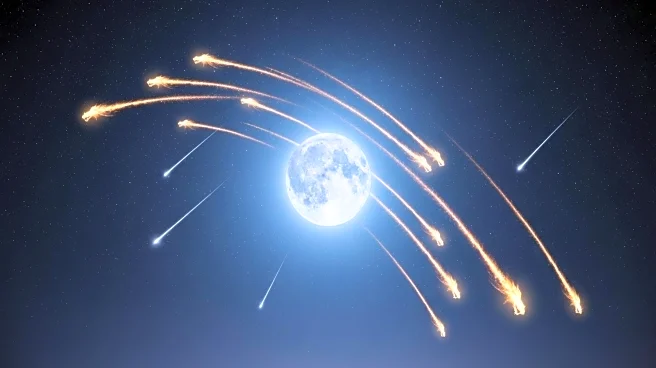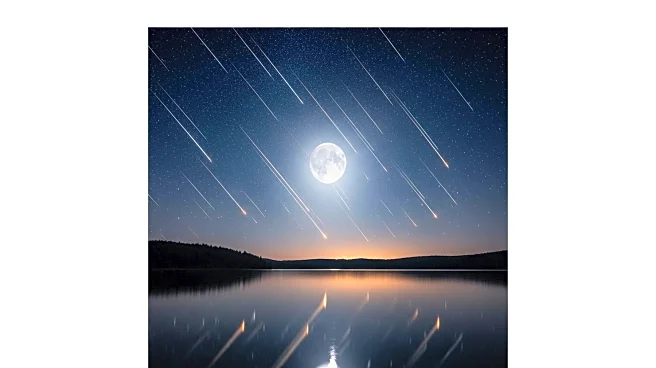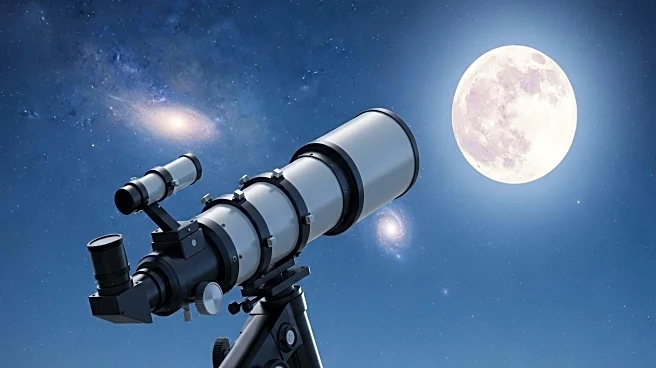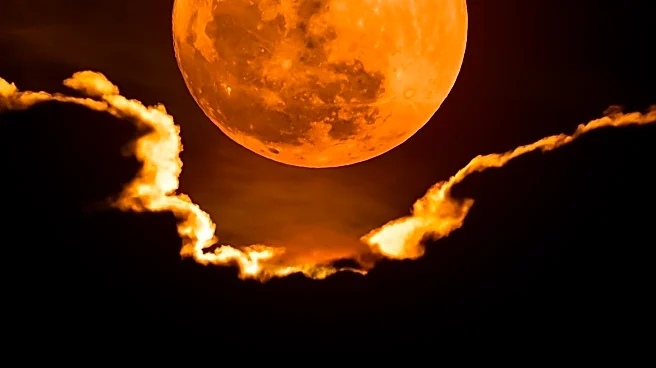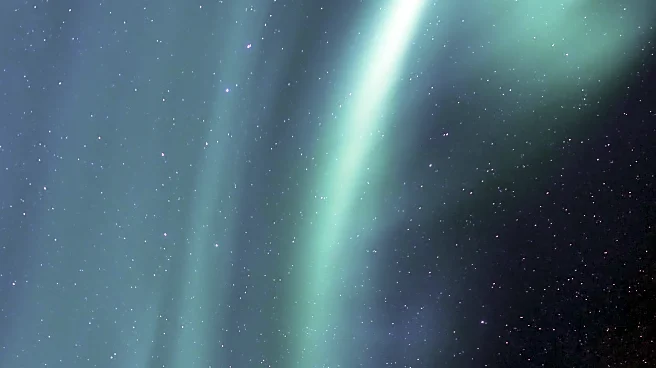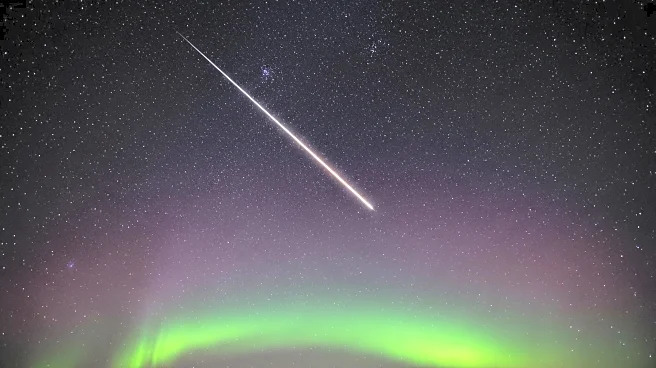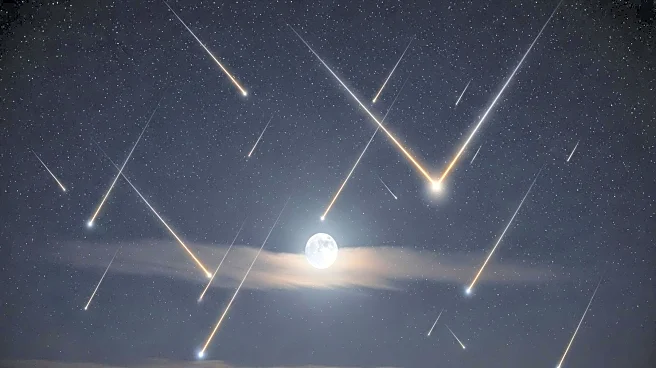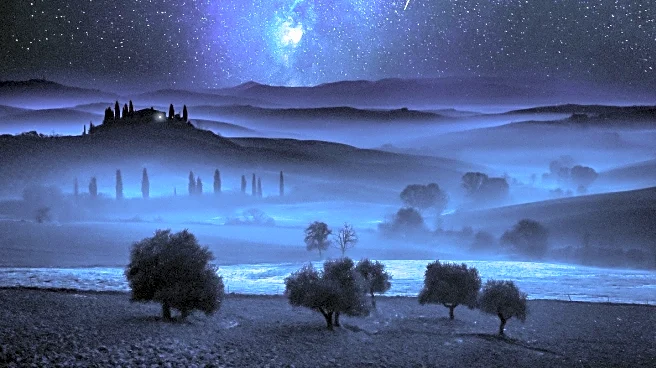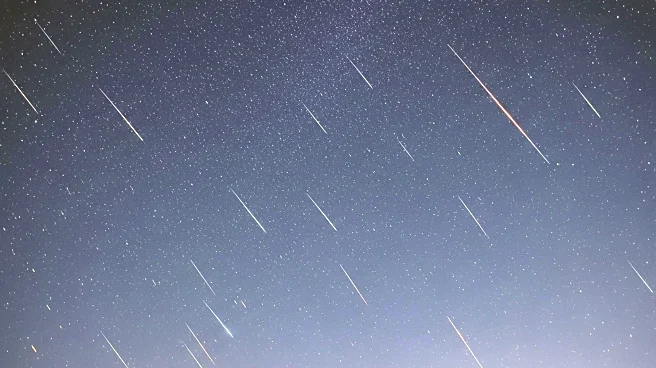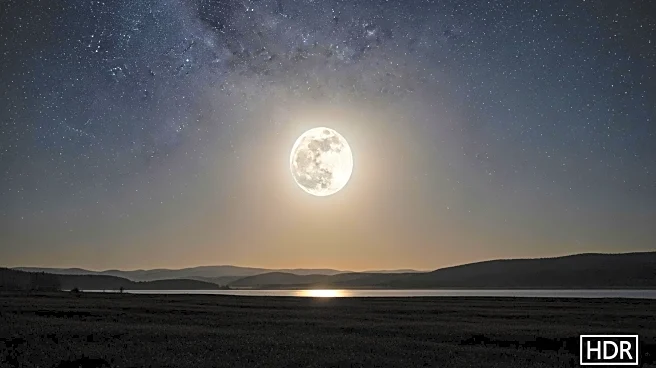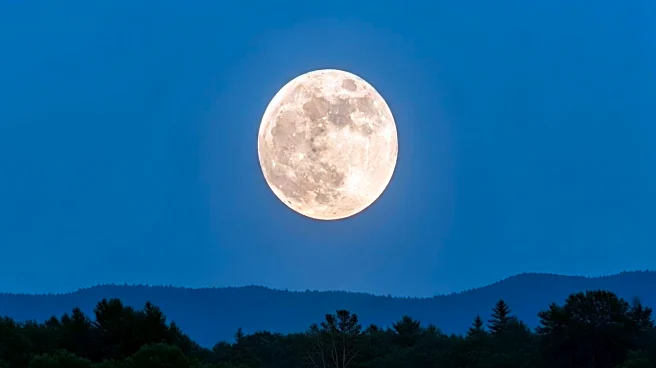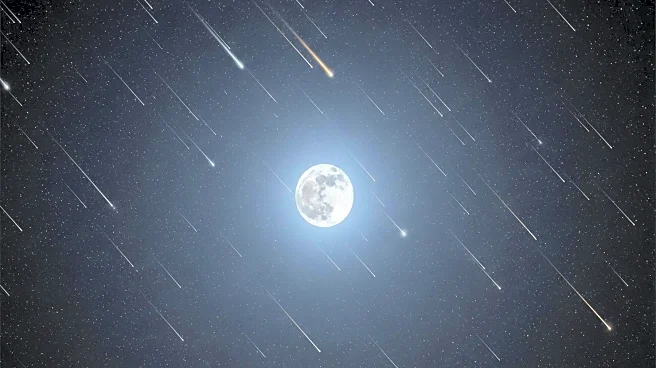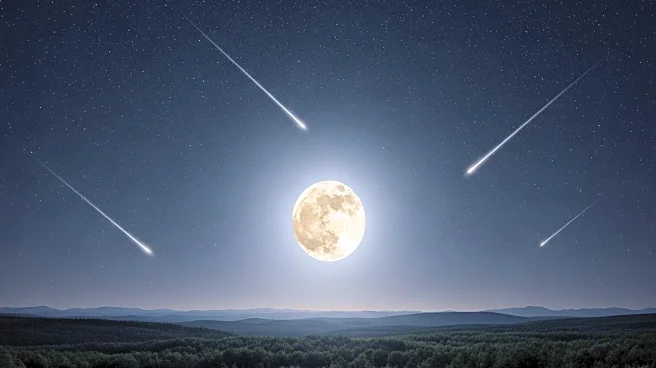What is the story about?
What's Happening?
The Draconid meteor shower is set to peak this week, offering a brief celestial display. Known for producing meteors during the evening, the Draconids will reach their maximum activity at 3 p.m. ET on Wednesday. This meteor shower results from Earth passing through debris from the comet 21P/Giacobini-Zinner. Despite its potential for meteor storms, visibility may be limited due to the brightness of October's supermoon. Sky-gazers are advised to look towards the northern sky for the best chance of spotting meteors, although the moonlight may reduce the number of visible meteors to less than one per hour.
Why It's Important?
Meteor showers like the Draconids offer a unique opportunity for astronomical observation and public engagement with science. While the current supermoon may hinder visibility, the event highlights the dynamic nature of celestial phenomena and their impact on observational conditions. The Draconids' potential for meteor storms, albeit infrequent, underscores the variability in meteor shower activity. This event serves as a reminder of the intricate interactions between Earth and cosmic debris, fostering interest in astronomy and space science.
What's Next?
Following the Draconids, the Orionids meteor shower is expected to peak later in October, promising better visibility due to a new moon. This upcoming shower may produce 10 to 20 meteors per hour, offering a more substantial celestial display. Observers are encouraged to prepare for this event by seeking dark sky locations and monitoring weather conditions for optimal viewing.
Beyond the Headlines
Meteor showers like the Draconids and Orionids contribute to our understanding of cometary debris and its interaction with Earth's atmosphere. These events provide valuable data for scientists studying the composition and behavior of meteors, enhancing our knowledge of the solar system's dynamics. Additionally, they offer cultural and educational opportunities, inspiring public interest in astronomy and encouraging scientific literacy.
AI Generated Content
Do you find this article useful?
